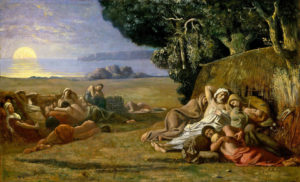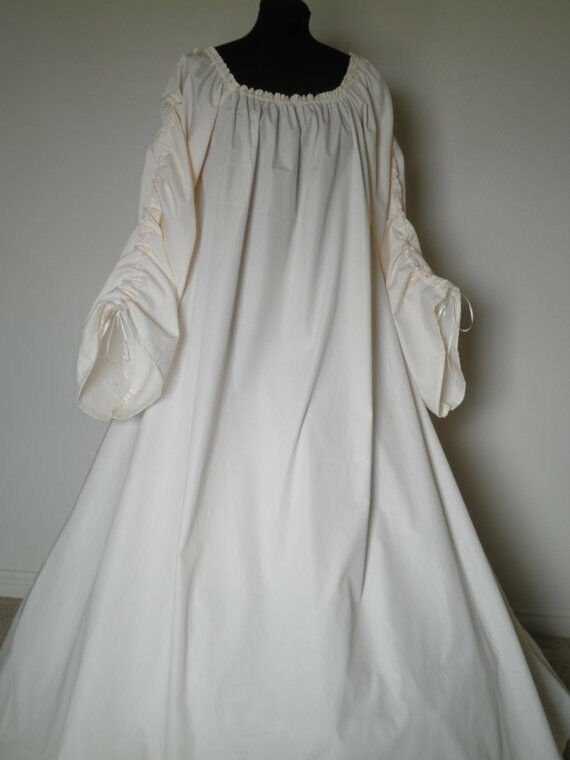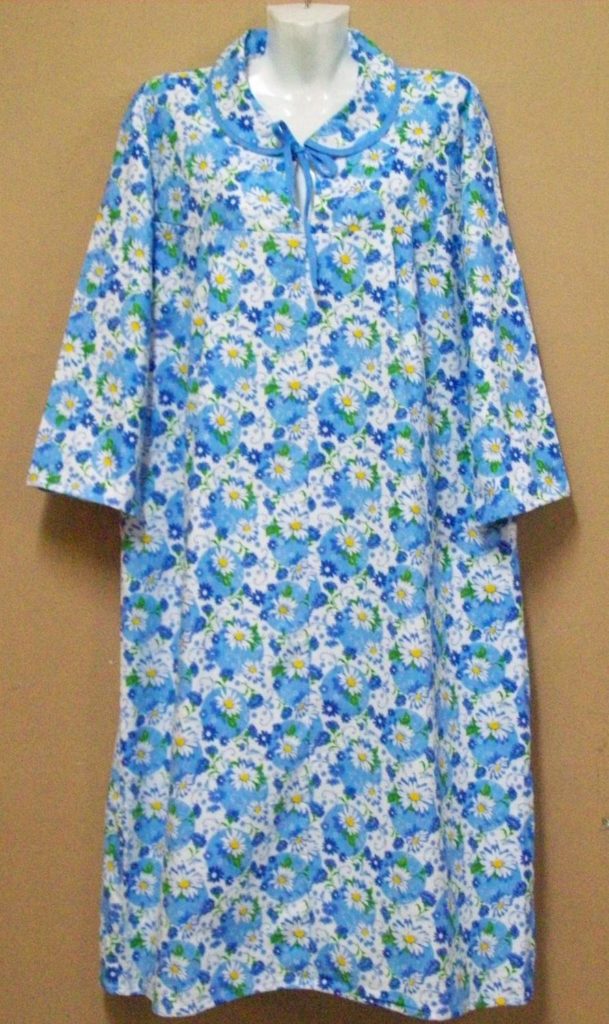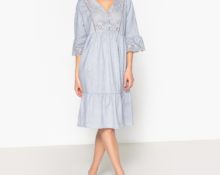A nightgown is a type of underwear that is familiar to every person since childhood. Girls put it on before bed to keep warm. Boys see it on their mother when she wishes them good night or wakes them up in the morning.
The history of the nightgown
Every thing has its own past, present and future. It appears when the need arises, undergoes a certain evolution and sometimes disappears as unnecessary. In any case, its history is closely connected with the life and way of life of people.
Sleep culture in Europe and Rus'
It differed insignificantly among different peoples. In ancient times, there were no special clothes for sleeping. What a person rested in largely depended on the ambient temperature and the characteristics of his sleeping place. If this was something soft and warm, they did without clothes at all. For example, representatives of early civilizations used:
- animal skins;
- bags filled with hay;
- mattresses stuffed with wool.
A comfortable bed was available mainly to representatives of the wealthy part of the population. Poor people were deprived of this. Therefore, as usual, they slept in the same clothes in which they walked.

Until the 2nd millennium, the vast majority of peoples were pagans. Since the 11th century, Christianity began to spread everywhere: in Western Europe - Catholic, in Rus' - Orthodox. Church canons called for concern for the salvation of the soul, and the body became the personification of the sinful principle. Nudity was considered unacceptable and had to be hidden from everyone. Even spouses were ordered to sleep clothed at night, so as not to provoke lustful thoughts in each other.
The first nightgowns
Already in the Byzantine Empire, the tradition of multi-layer clothing arose in “higher” circles. The lower one - long, wide, loose-fitting with adjacent sleeves - was worn on a naked body. During the day, it absorbed sweat and dirt, protecting the heavier and more elegant top made of richly decorated brocade from them. At night it served as a sleeping robe.
The first mention of special “sleeping skirts” appears only at the end of the 15th century in Czech chronicles. They were made from cotton fabrics of different thicknesses and were equipped with several buttons. They helped insulate both the inhabitants of cold stone castle-fortresses and ordinary people huddled in poorly heated shacks.
The evolution of sleepwear: from the Middle Ages to the present day
Over the course of several centuries, attitudes towards the nightgown have changed, as has its appearance.
During the Inquisition
Harsh times dictated the corresponding rules. Toe-length nightgowns covered most of the body. Only the head and hands remained exposed.This is because intimate life was considered only a means for procreation, and not at all for pleasure. Not only copulation, but also masturbation was considered a sin.

Interesting! To ensure that the bodies of the husband and wife were not exposed even an inch, special slits were provided in the nightgowns for the performance of marital duties.
In European culture of the 18th and 19th centuries
The era of the reign of the French kings Louis XIV and Louis XV is sometimes called the “golden age of women.” The fair half is an object of worship, a source of inspiration and the embodiment of sensuality. Love was identified with pleasure, and clothing became one of the means of seduction. Shirts with short sleeves and deep necklines made of the finest and most delicate fabrics have become fashionable. Seamstresses trimmed them with lace and satin ribbons and decorated them with intricate embroidery.

Reference! Until the beginning of the 19th century, a nightgown was considered an unaffordable luxury for most people. It took quite a lot of fabric, and the material was not cheap.
Over time, nightwear became available not only to the rich, but even to people with little income. Nightgowns, mostly with long sleeves, were worn by all family members. Men are simpler, with a turn-down collar, while women and children have a stand-up collar and cuffs decorated with lace. Social status determined the quality of the fabric and the richness of the decoration.
Features of Russian “bedroom” fashion
In Rus', home clothes, and part-time the main sleeping clothes, were traditionally underwear. This was the name of underwear - men's and women's long, mostly linen shirts. Peasant families were quite numerous. Several generations lived in one hut: from babies to old people.Being naked in front of each other was considered shameful, everyone knew this and tried not to violate the rules of decency.
In pre-revolutionary Russia, special sleepwear was present in the wardrobe of nobles, merchants and landowners. During the Soviet period, women's and children's nightgowns were made from cotton and flannel fabric. They were distinguished by a simple cut and performed, first of all, a hygienic function.

Modern models
With the advent of panties, pajamas, and then T-shirts in the 20th century, the popularity of the nightgown diminished somewhat. The male part of the planet’s population completely rejected this “relic of the past”, since they preferred new products. In women's fashion, the history of the nightgown not only did not end, but also received a new development. This item of women's clothing is made from:
- cotton and linen;
- satin and calico;
- the finest silk and satin;
- lace materials.

The choice of styles, colors and sizes is also huge. This allows you to satisfy both the most modest and the most sophisticated needs.

The nightgown is as popular today as it was 100 years ago. Intended not only for sleep, but also to attract admiring male gazes, it has taken its rightful place in the wardrobe of every representative of the fair sex.


 0
0




